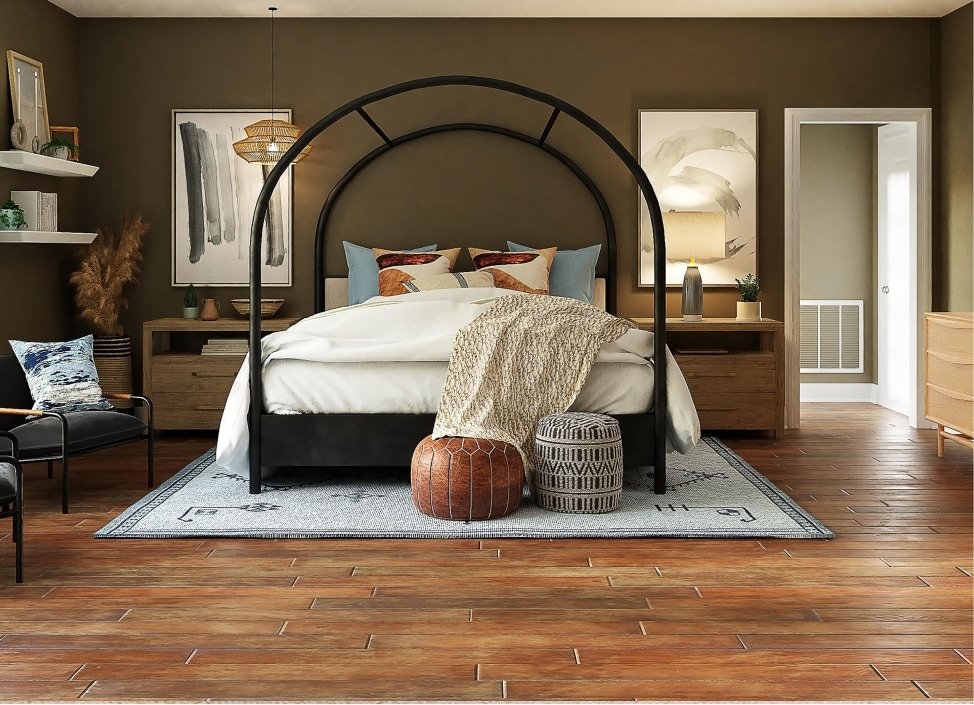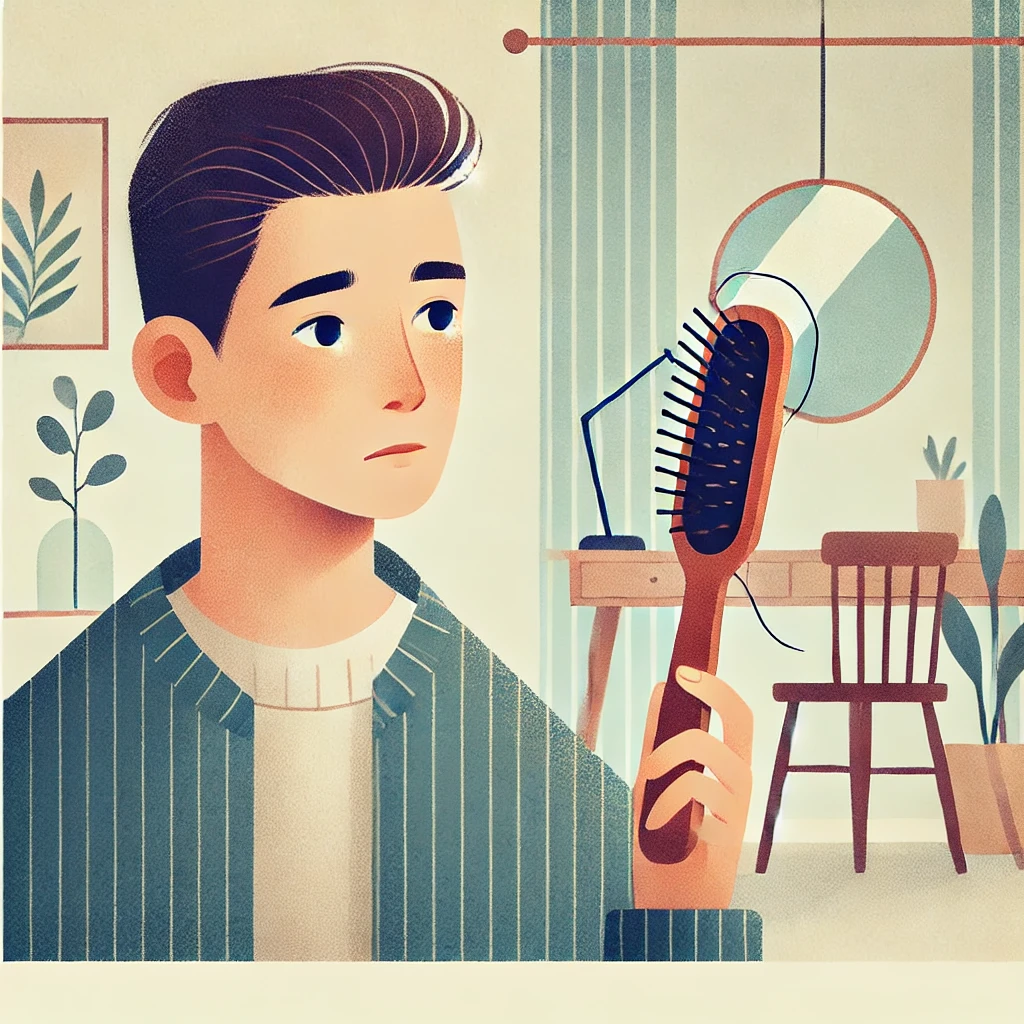Hair loss might seem like a problem reserved for adults, but the truth is, it can affect teenagers too—and much more often than you might think. For young people grappling with this issue, the emotional and psychological toll can be significant. From feeling self-conscious to battling frustration as they try to figure out the root cause, the impact is beyond just the physical.
But why does hair loss occur in teens? And, more importantly, what can be done about it? This guide breaks down the most common causes of teenage hair loss, the symptoms to look out for, and actionable steps to address the issue.
Common Causes of Hair Loss in Teenagers
Hair loss in teenagers can stem from a wide range of causes, both internal and external. Understanding these factors is the first step in tackling the problem.
1. Hormonal Changes
Puberty causes your body to pass through significant hormonal changes, which can affect your mood and hair. Androgen hormones, in particular, shrink hair follicles and cause hair thinning or loss.
Hormonal imbalances—caused by puberty or conditions such as Polycystic Ovary Syndrome (PCOS)—can lead to issues like androgenetic alopecia, a genetic form of hair loss that can show up unexpectedly during teenage years.
2. Genetic Factors
If one or both of your parents experienced early-onset pattern baldness, you might be genetically predisposed to androgenetic alopecia. It typically shows up as hairline recession in boys and thinning along the scalp in girls.
3. Nutritional Deficiencies
Hair health starts with the nutrients you consume, and teenagers often lack key vitamins and minerals due to poor eating habits. Low levels of iron, zinc, vitamin D, and biotin can lead to brittle hair and hair fall.
Pro-tip for teens (and parents): Incorporate foods like spinach, eggs, nuts, and fish into your meals to keep your hair healthy and strong.
4. Stress and Mental Health
The pressures of exams, social life, and extracurricular activities can be overwhelming. Stress doesn’t just cause sleepless nights—it can also lead to a condition called telogen effluvium, where stress disrupts the hair growth cycle and leads to excessive shedding.
Additionally, conditions like trichotillomania, a compulsive need to pull out one’s hair, can have psychological origins and contribute to visible hair loss.
5. Medical Conditions
Certain underlying medical problems can exacerbate hair loss. These include:
-
Thyroid Disorders: Both overactive and underactive thyroid glands disrupt hormonal balance and thin hair.
-
Autoimmune Diseases: Conditions like alopecia areata can lead to patchy hair loss, caused by the immune system attacking hair follicles.
-
PCOS: In teenage girls, PCOS(Polycystic ovary syndrome) triggers hormonal shifts that affect the scalp and hair growth.
6. Medications and Treatments
Teens who take medications for acne, mood disorders, or chemotherapy may notice increased hair loss as a side effect. Always consult a doctor before stopping or altering prescribed treatment.
7. Hairstyling Practices
Repeatedly wearing tight hairstyles like ponytails or braids can cause traction alopecia, a type of hair loss caused by constant tension on hair follicles. Meanwhile, excessive use of heat styling tools, chemical treatments, and dyes can weaken hair strands over time.
8. Scalp Infections
Conditions like ringworm of the scalp can result in irritated, scaly patches and hair loss. Left untreated, these infections can even cause permanent scarring.
9. Trichotillomania
For those struggling with this compulsive hair-pulling disorder, therapy and stress management can make a world of difference in reducing its impact on hair health.
Symptoms of Hair Loss in Teenagers
Spotting hair loss in its early stages can prevent further damage. Here are the most common signs to watch for:
-
Patchy Hair Loss: Small, round bald spots (often caused by alopecia areata) appearing on the scalp, eyebrows, or even eyelashes.
-
Hair Thinning: A gradual decrease in hair density, leading to finer hair.
-
Complete Hair Loss: Conditions like chemotherapy or severe autoimmune diseases can result in total hair loss on the scalp.
-
Hairline Recession: Often seen in boys, this is characterized by a receding hairline from the temples or the forehead.
Diagnosis and Treatment Options
If you or your teen are dealing with hair loss, it’s critical to consult a medical professional to determine the underlying cause.
Diagnosing Hair Loss
-
Medical Evaluation: A doctor will examine your scalp and take a detailed history of your symptoms.
-
Blood Tests: These help identify hormonal imbalances, nutrient deficiencies, or autoimmune markers.
-
Scalp Biopsy: Occasionally, a small sample of scalp tissue may be required to detect underlying skin conditions.
Treatment Options
-
Topical Treatments: Products like minoxidil (when approved by a doctor) can stimulate hair growth for conditions like androgenetic alopecia.
-
Oral Medications: Prescription medications such as antibiotics or hormonal treatments may help address medical conditions linked to hair loss.
-
Lifestyle Changes: A balanced diet, stress reduction techniques, and gentle hair care products can improve overall scalp health.
-
Specialized Therapies: Procedures like PRP (Platelet-Rich Plasma) treatments may also be recommended to boost hair regrowth.
Coping Strategies and Mental Health
For many teenagers, hair loss hits more than just the scalp—it impacts self-esteem too. Here are ways to cope while navigating this challenge:
-
Join Support Groups: Sharing experiences with others can help teens feel less alone and gain perspective.
-
Consider Therapy: Counselling or therapy can provide emotional support and stress management strategies.
-
Adopt a Positive Self-Image: Remind teenagers that their worth is not tied to their hair. Explore fun ways to experiment with hairstyles, scarves, or even hats as a confidence booster.
Prevention Tips for Teenage Hair Health
While not all hair loss can be prevented, incorporating healthy habits into daily routines can protect hair and promote growth:
-
Healthy Diet: Stock up on vitamins and minerals essential for hair, including biotin, zinc, and omega-3 fatty acids.
-
Gentle Hair Care: Use sulfate-free shampoos and conditioners, avoid aggressive scrubbing during washes, and limit heat styling to reduce damage.
-
Hydration: Staying hydrated keeps hair follicles nourished.
-
Stress Management: Activities like yoga, journaling, and physical exercise can reduce stress levels, benefiting mental well-being and hair health.
-
Regular Scalp Care: Massaging the scalp while shampooing boosts circulation, stimulating hair growth.
Hair Loss Doesn’t Define You
While teenage hair loss can feel overwhelming, the right steps can mitigate its effects. More importantly, remember that hair does not define a person. With medical guidance, a healthy lifestyle, and plenty of support, many causes of hair loss can be treated or managed.








